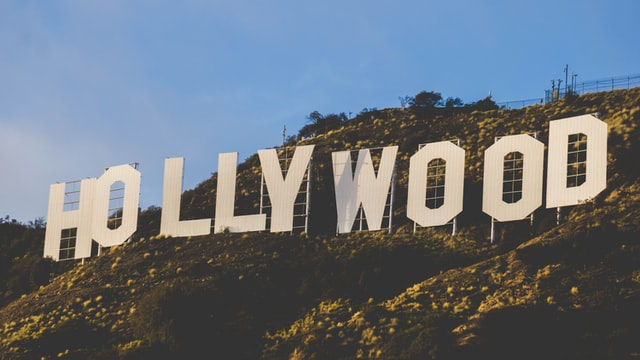World's Largest Wildlife Crossing
- Editor OGN Daily
- Feb 13, 2022
- 2 min read
Updated: Mar 14, 2022
A bridge will help humans and lions co-exist in Los Angeles. As the only major Western city that is home to lions, L.A. is breaking new ground in infrastructure designed for big wildlife.

Hollywood’s loneliest bachelor just shocked another unsuspecting woman by leaping over her fence in Beachwood Canyon at the cusp of dawn and then leisurely checking out her barbecue for leftovers.
About 12 years ago, this mountain lion (known as P-22) crossed the busy 101 Freeway to get into the neighbourhood and has obviously decided it's too risky to attempt a return journey. He has been checking out barbecues ever since.
Soon, however, that death-defying stunt will no longer be necessary. For his upcoming 12th birthday, P-22 will receive a massive gift: the biggest wildlife overpass in the world.
In the U.S., over a thousand wildlife crossings help animals navigate the human-built world, allowing them to bypass hazardous infrastructure like highways and train tracks. But only a handful of these are overpasses, and are mostly in fairly rural areas. L.A.’s will be a groundbreaking test case: a wildlife crossing designed to help big cats thrive in an urban environment.

Scheduled to begin construction this spring, the Wallis Annenberg Wildlife Crossing will traverse the 101 Freeway at Liberty Canyon just west of Los Angeles. At a whopping $88 million, it’s a costly bridge. But advocates say it’s absolutely necessary to maintain the unusual habitat that is Los Angeles, a city where large wild animals and people coexist in close proximity.
It's expected that P-22 will enjoy his newfound freedom to roam further afield again.
Today's OGN Sunday Magazine articles
Magical Trees: Ancient trees provide a suite of ecological services to forests, as well as sustaining the entire tree population’s ability to adapt to a rapidly changing environment.
Astonishingly Realistic: It's easy to mistake the drawings by this 25-year-old Japanese artist for the real thing. What's her clever trick?
Mother Earth III: In memory of Zen Buddhist monk Thich Nhat Hanh, here's the third in our series of his Ten Love Letters to Earth.
